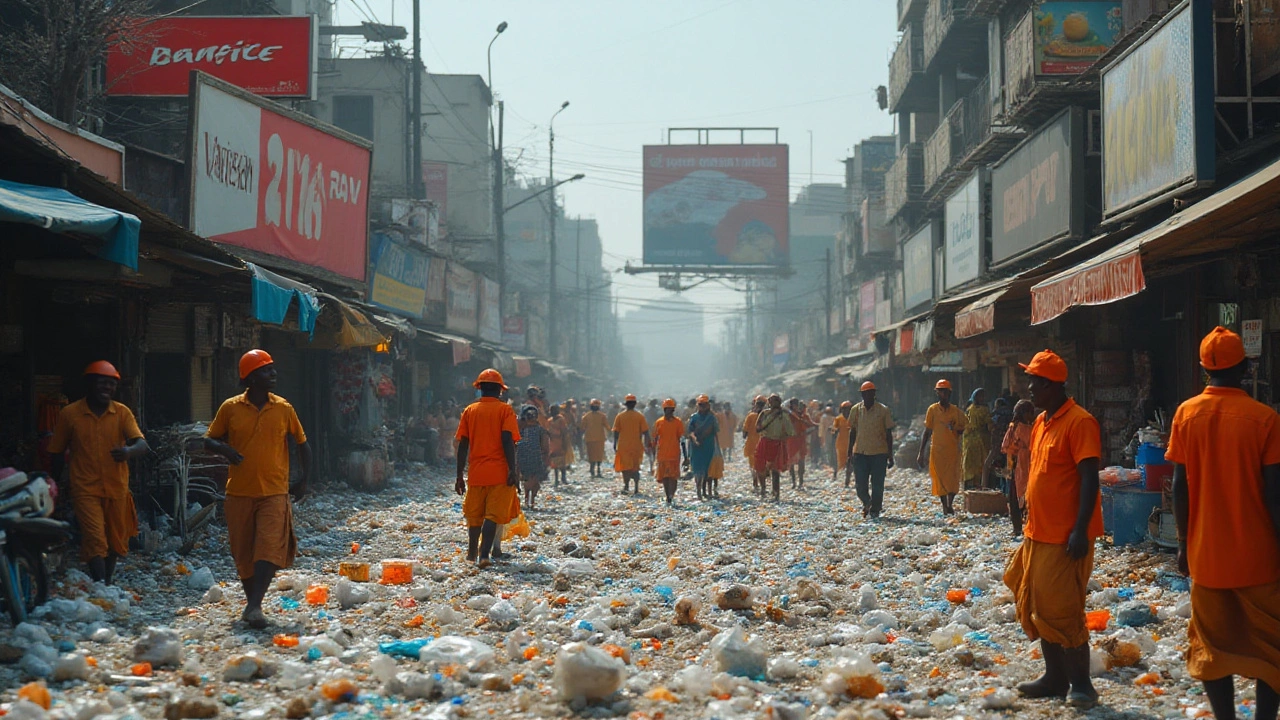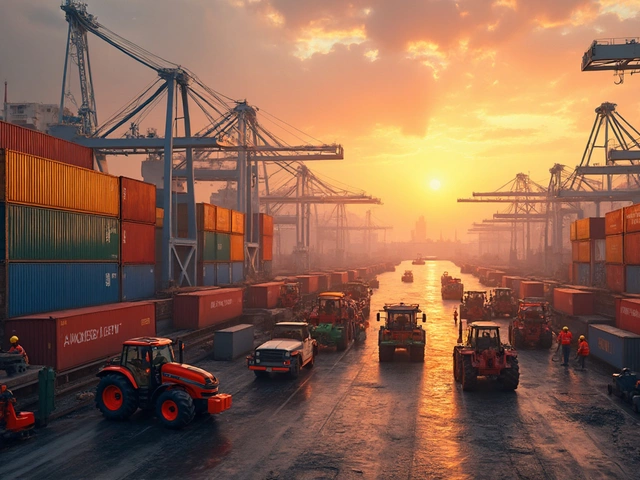Top Polluters You Should Know About in 2025
If you’ve ever wondered why the air feels heavy or why water quality drops, the answer usually starts with a few big polluters. These are the companies, sectors and regions that put the most harmful emissions into the environment. Knowing who they are helps you spot where change is needed and where you can make smarter choices.
Big Industries That Lead the Pollution Parade
Energy production still tops the list. Coal‑fired power plants dump massive amounts of carbon dioxide, sulfur and mercury into the atmosphere. Even though renewables are growing, many countries still rely on coal for cheap electricity, making it a relentless polluter.
Manufacturing also rakes in a high spot. Steel mills, cement factories and chemical plants release CO₂, nitrogen oxides, and particulates that linger for years. In India, fast‑growing steel hubs and cement corridors add a noticeable punch to the nation’s emission tally.
The transport sector isn’t far behind. Trucks, ships, and especially older diesel vehicles pour out nitrogen oxides and particulate matter. In cities where traffic jams are daily, the cumulative effect on air quality is huge.
Countries and Regions Putting Up the Biggest Numbers
China, the United States and India together account for more than half of global carbon emissions. China’s massive industrial base, the US’s high per‑capita energy use, and India’s rapid growth in construction and manufacturing keep them at the top of the polluter leaderboard.
Within each country, specific zones stand out. In the US, the Gulf Coast concentration of petrochemical plants creates a local hotspot. In India, the National Capital Region and parts of Maharashtra see higher particulate levels due to both traffic and construction dust.
Even smaller economies can be surprise polluters if they rely heavily on outdated technology. Countries that still burn low‑grade coal for heating or run older power plants often have disproportionate pollution footprints compared to their size.
What does this mean for you? If you’re picking a supplier for HVAC equipment or any industrial component, look for manufacturers that are investing in cleaner processes. Many Indian firms now offer energy‑efficient units that cut both electricity use and greenhouse gases. Choosing greener gear not only reduces your carbon footprint but can also save money on energy bills.
On a personal level, supporting policies that push for renewable energy, tighter emissions standards, and better public transport can shrink the influence of these top polluters. Even simple actions—like using a programmable thermostat or swapping out old appliances—help lower the overall demand that fuels big polluting plants.
Bottom line: the biggest polluters are a mix of heavy‑industry sectors, high‑emission countries and outdated technologies. By understanding where the worst offenders are, you can make smarter buying choices, advocate for stricter regulations, and keep your own environmental impact in check.




